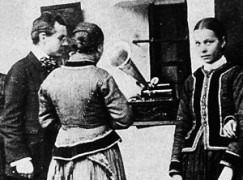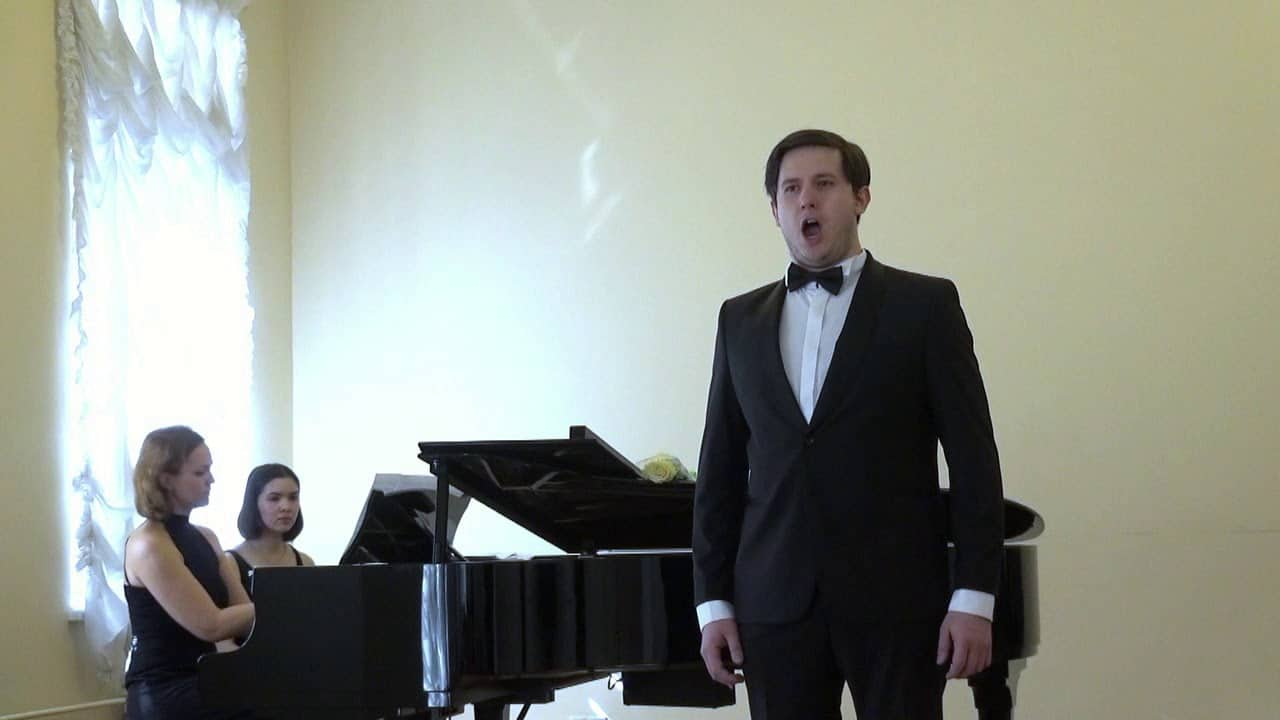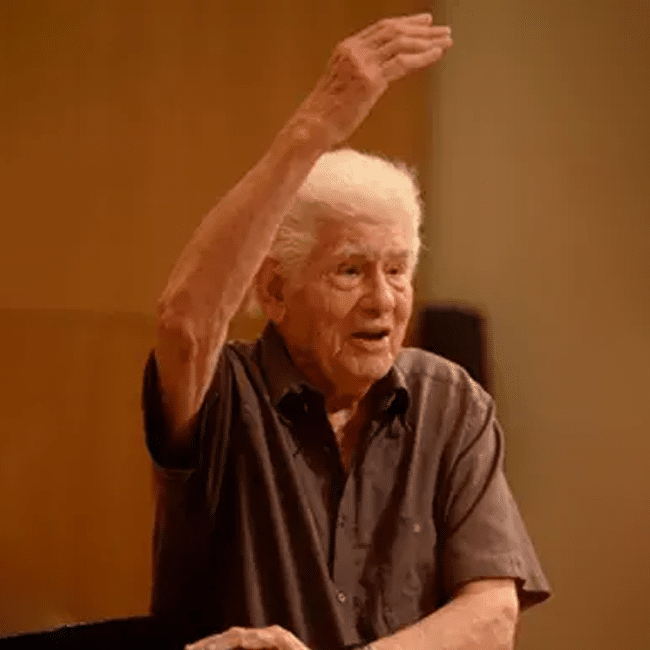Why is there a Hamburger in this album?
Album Of The WeekFrom the Lebrecht Album of the Week:
Spot the odd man out here …
Janacek and Bartok occupied a tranche of east-central Europe, sharing a riff of off-beat rhythms and a penchant for quarter-tones, almost atonal. Brahms did none of these. He was a Hamburger by origin, inclination and diet. What he’s doing in this Slav-Baltic sandwich album is frankly unfathomable….
Read on here.
And here.
In Spanish here.
En francais ici.






PatKop and Fay are marvelous musicians.
I’m looking forward to hearing this disc.
Of course I meant “Say”.
Does all the music on a given CD have to share a common thread — why cannot a given CD have the variety and contrast that we seek in a genuine recital?
Speaking (well OK, writing) as a former violin-centric reviewer, your typical CD might have all three Brahms sonatas, or both Bartók sonatas and maybe the Rhapsodies or the unaccompanied sonata — and just how often does a person really want a dinner of three main courses? So perhaps you sample just one sonata from a CD, in which case what does it matter what the coupling is? — or you listen to the whole thing and as a consequence one or more truly great works become almost secondary.
How much more interesting to sit all the way through the famous Szigeti /Bartók Library of Congress recital with Bartók Sonata and Rhapsody but then also Debussy and Beethoven? Or the famous Rostropovich/Britten recital recording with Britten, Schumann and Debussy?
I’d also point out that Brahms and Bartók had a common thread with violinist Jenő Hubay, and for that matter the violinists that Brahms was most closely associated with over a very long period of time as composer and performer were all Hungarian: Hubay, Joachim, and Eduard Reményi. So Brahms and Hungary’s greatest composer (sorry Liszt) do not seem like such an odd couple after all. Not to mention that Hubay was not just a musical colleague of Brahms, but the teacher of Szigeti, Stefi Geyer Stefi, Zoltán Székely, Endre Gertler, and Sándor Végh, all cso losely linked to Bartók and his music. We should add Eugene Ormandy to that list.
Apart from sharing with Brahms a personal friendship with Dvořák, Janáček is a rather challenging composer to link with any other, and most recordings I know of his wonderful violin sonata have couplings that would evidently make N.L. shake his head. Dmitri Sitkovetsky coupled it with Strauss and Debussy for example — again to my mind a wonderful and varied recital that was easy to play through entirely for that very reason, which I would also say about the Anne-Sophie Mutter CD that coupled the Respighi Sonata with Webern’s Four Pieces!
Slav-Baltic does not describe the album’s span; the Hungarians split from their Baltic cousins (Finns and Estonians) over 2000 years ago during the age of migrations. And the Carpathians dominate Slovakia and Transylvania (and Transcarpathian Ukraine), not so much Janacek’s Moravia.
A fine description of PatKop’s approach, however; and I agree on the oddness of the Brahms in this company, unless it is there to give the ears and brain a chance to relax between the acerbic works.
Bartók and quarter-tones, yes, here and there, but nowhere in the 1st Violin Sonata (your review doesn’t even mention which sonata is on the disc). And please: can you cite a single work of Janácek that incorporates quarter-tones, a single work of his that is “almost atonal”?
Why do you insult your readers with such untruths?
Good points Antony. Seeing your name sent me on a nostalgia trip to 1971, when I heard you conduct the CUMC Orchestra in the Emperor Concerto, with Radu Lupu RIP.
It’s irksome to read a review where the works are only identified by a year, not by their number or even opus number.